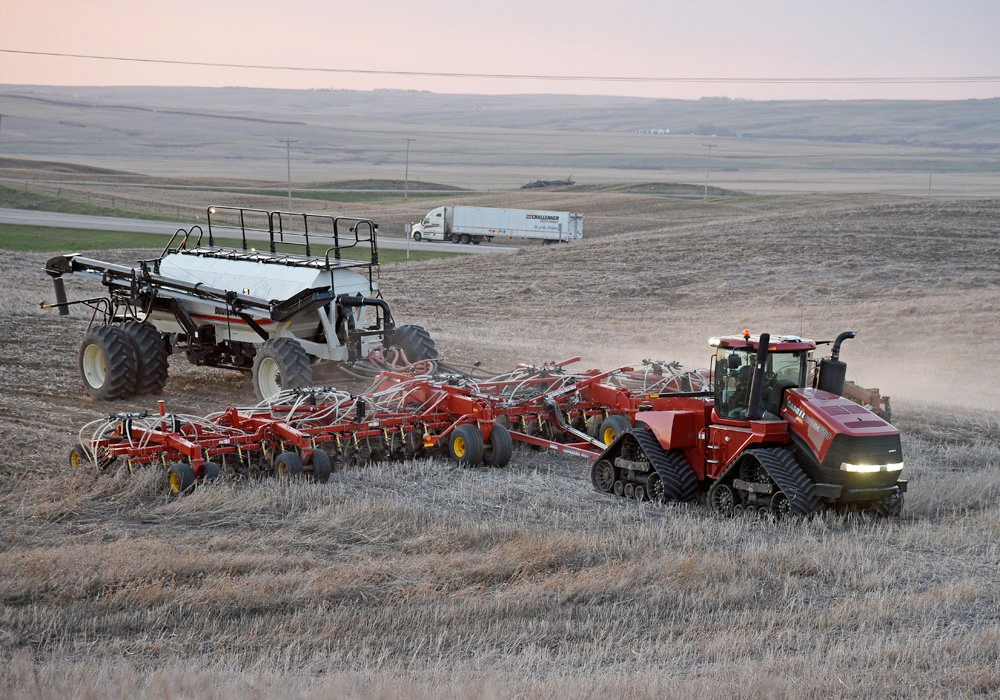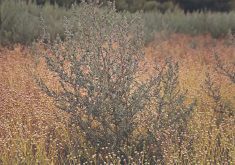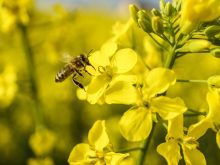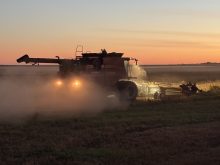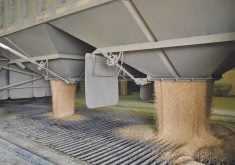At the risk of sounding melodramatic, this growing season has both the highest risk and greatest potential reward in living memory.
As we head into seeding across the prairie region, the volatility and uncertainty are unprecedented.
We’re used to unpredictable weather, but conditions this spring range from drought to flood and everything in between.
While some farmers desperate for moisture are already seeding in southern Alberta, many northern grain belt regions of Saskatchewan are still buried in deep snow. Meanwhile, southern Manitoba and southeastern Saskatchewan have been hit with late spring snowstorms.
Read Also

High prices see cow-calf producers rushing to incorporate
Farm accountants are reporting a steady stream of cow-calf producers rushing to get their operations incorporated ahead of selling their calves this fall.
Heavy rain on top of the snow is causing flood concerns in southern Manitoba and seeding will be delayed. In fact, seeding will be later than normal in many regions due to cold weather.
Hopefully weather patterns will turn more favourable with dry regions getting adequate rainfall while the snow and water recedes in wet regions. Although this could happen, there are no guarantees. For now, weather is a major concern for very different reasons.
New crop grain prices have never been so favourable on so many commodities. Will this be a year when producers end up wishing they would have forward contracted more of their anticipated production? Or will this be a repeat of last year where prices rise to even loftier levels and those with unpriced grain are the big winners?
On most crop types, buyers are reporting a hesitancy by producers to do much forward pricing.
Assuming current new crop prices hold, returns could be marvelous for producers able to grow a good crop. However, deciding how much fertilizer to apply to achieve a good crop has never been more complicated.
Record high fertilizer prices and leftover nutrients in the soil from last year’s drought-reduced crop have many producers cutting fertilizer rates. This is particularly true in regions where soil moisture remains poor.
Cutting fertilizer could be a cost-saving measure or it could end up as yield-limiting. Only in retrospect will the answer be clear.
High nitrogen carryover along with residual herbicide concerns are creating some wonky crop rotations in the drier regions. Much more than usual, pulses are being seeded back-to-back and so are cereals and canola. Some producers will likely end up happy with their unconventional rotation choices while others may have regrets.
Most producers have their fertilizer supply secured, but other crop protection products could see shortages. Even more worrisome, ongoing supply chain issues could make replacement parts for equipment difficult to obtain in a timely manner.
Equipment breakdowns can cause costly delays during seeding, herbicide application and harvest. These problems have always arisen, but they will likely be more acute this year.
Overall, it’s a year of extremes. Never have input prices been so high. Never have supply chain disruptions been so evident. Rarely have we farmed in the aftermath of such a widespread and devastating drought. Few are alive that farmed while a war raged in Europe.
Offsetting all the difficulties and offering hope are grain prices that in many cases are exceptional. And for those who face production problems, crop insurance programs are providing more underlying support than ever before due to those high price levels.
Financially, many grain farmers should be big winners this year, assuming the weather co-operates. But there could also be big losers and everything in between. It isn’t an industry for the faint of heart.
Let’s all remember to breathe and take one day at a time.
Kevin Hursh is an agricultural journalist, consultant and farmer. He can be reached by e-mail at kevin@hursh.ca.


